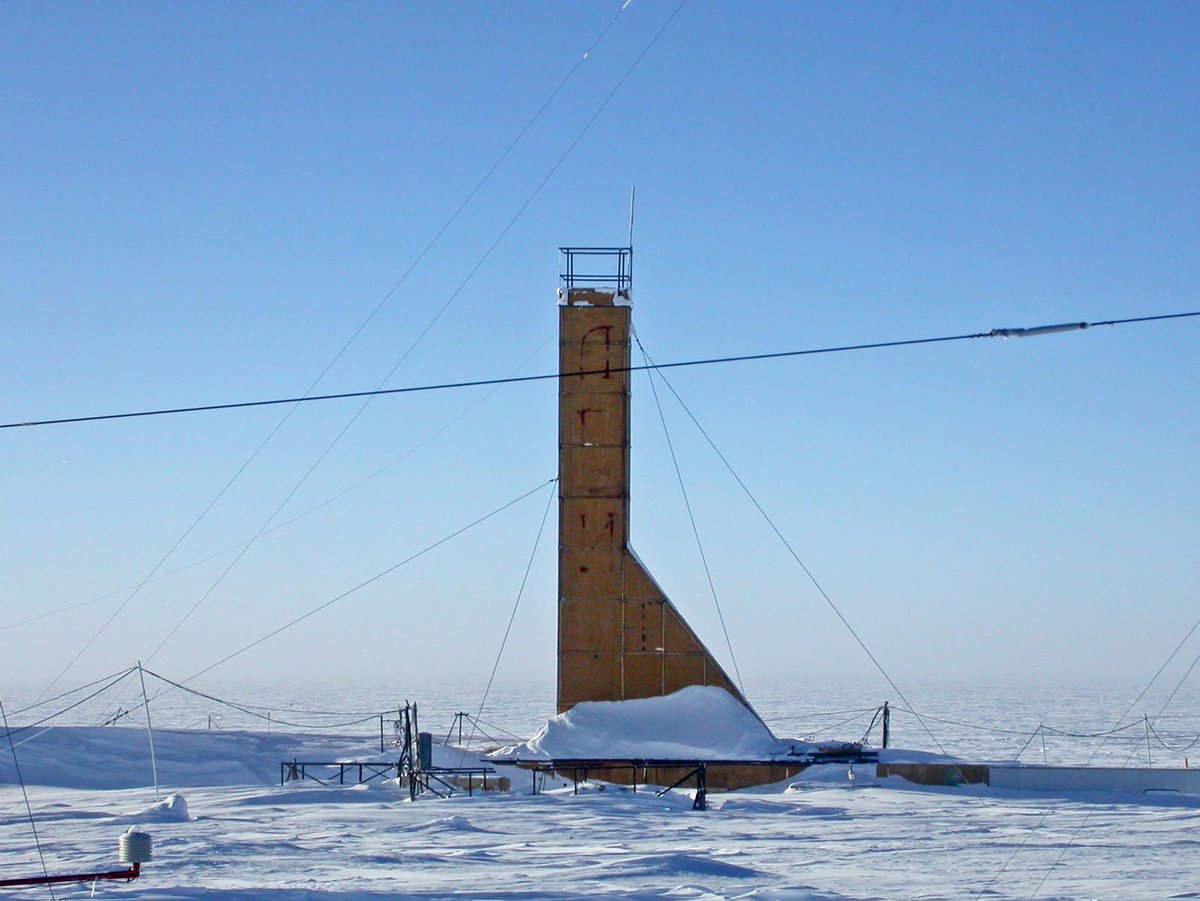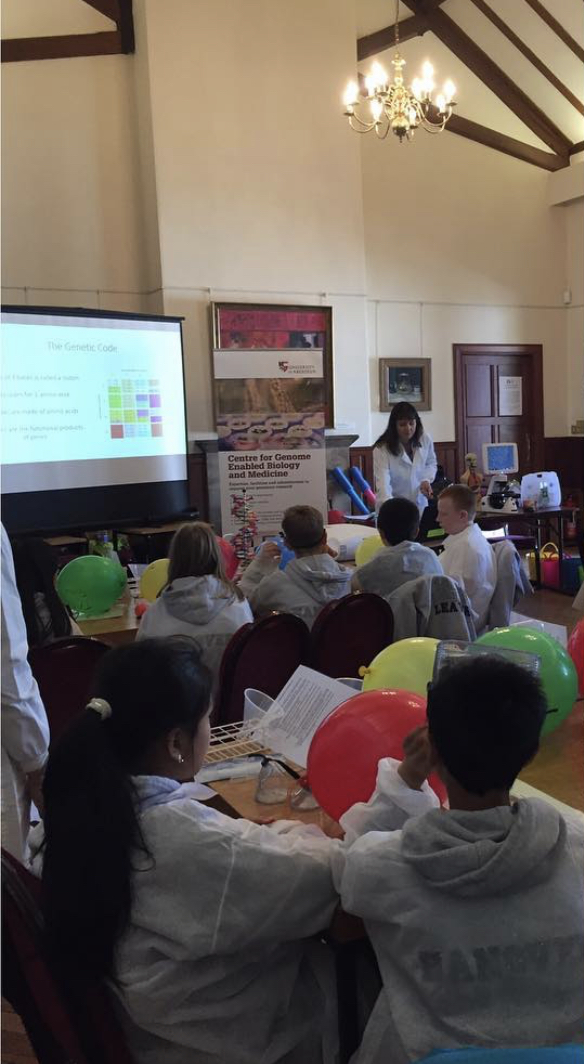
Excellent question! The answer is partly related to planetary protection and to engineering, partly to the uncertainty of our knowledge about liquid water on Mars now and its accessibility. Thread 🧵.
https://twitter.com/Hawaiianbrian33/status/1444390363372802051
I'll start with the water. While the geology of Mars - dried-up riverbeds, deltas - suggests it likely had plenty of liquid water long ago, it currently has too thin atmosphere for liquid water to stably exist on its surface, regardless of temperature. We have to go underground! 

There probably has been volcanic activity on Mars quite recently (maybe tens of millions years ago), so there might be hydrothermal vents underground, but we don't know where.
Then there are, of course, the polar caps - and the possibility of lakes deep under the ice.
Then there are, of course, the polar caps - and the possibility of lakes deep under the ice.

On Earth, there are lakes and river systems underneath the thick Antarctic and Greenland ice sheets, maintained liquid mainly by the pressure (plus salts acting as an antifreeze, sometimes geothermal heat).
In 2018, it appeared we discovered something similar on Mars.
In 2018, it appeared we discovered something similar on Mars.

Radar imaging of the south polar ice cap by Mars Express revealed a potential lake below the ice - not just one, according to a later study.
science.org/doi/full/10.11…
nature.com/articles/s4155…
science.org/doi/full/10.11…
nature.com/articles/s4155…
However, a study from this year found that materials like clay or frozen brine - that could well be expected there - could mimic the radar reflections typical for liquid water. So we don't yet know for sure where it's water or something else.
agupubs.onlinelibrary.wiley.com/doi/abs/10.102…
agupubs.onlinelibrary.wiley.com/doi/abs/10.102…
More observations, ideally by more fine-tuned instruments on future spacecraft, should help us sway toward one or another explanation. To be really sure, we'd have to drill through the ice cap... and that's hard enough on Antarctica, outright balmy compared to Mars! 

Drilling though a Martian ice cap is currently completely outside the scope of our technology (though we should stress the 'currently'), so even if the water is there, it's not accessible to us - and likely won't be for a few decades at least.
Even if we could drill through right now, there's the question of planetary protection - trying not to contaminate another object with Earth life, or vice versa.
Maintaining the sterility of the drill was hard e.g. with lake Vostok on Antarctica...
Maintaining the sterility of the drill was hard e.g. with lake Vostok on Antarctica...
All spacecraft going to Mars gets sterilized, but we can never achieve 100% sterility - and it gets harder with more advanced tech (yeah, no more 'Viking oven' - probes like the Perseverance couldn't survive this kind of baking). 

Partly for this reason, there is also reluctance to send probes to the 'special regions' on Mars, marked by the likely presence of ice in very shallow depths.
Another reason, more prosaic, is the amount of sunlight for spacecraft relying on solar panels.
Another reason, more prosaic, is the amount of sunlight for spacecraft relying on solar panels.

Near the equator, you also get fewer temperature extremes - less of an engineering obstacle even for spacecraft that doesn't need solar panels (Curiosity and Perseverance are powered by radioisotopic thermal generators).
So, to recap, we don't know for sure whether there's liquid water under the ice caps or elsewhere, it's not accessible to us with current tech, it may be a planetary protection problem and the required engineering would be tricky.
I'd LOVE to see a deep ice drill on Mars - the science we could do with it! Hell, I have even started a story featuring such a drill a few months ago. But that's where it is for the moment - in the domain of science fiction. Of course, it's not staying there forever! ;)
And if someone is asking 'why the planetary protection', I have just the article for them here ⬇️
clarkesworldmagazine.com/novakova_12_16/
clarkesworldmagazine.com/novakova_12_16/
• • •
Missing some Tweet in this thread? You can try to
force a refresh











